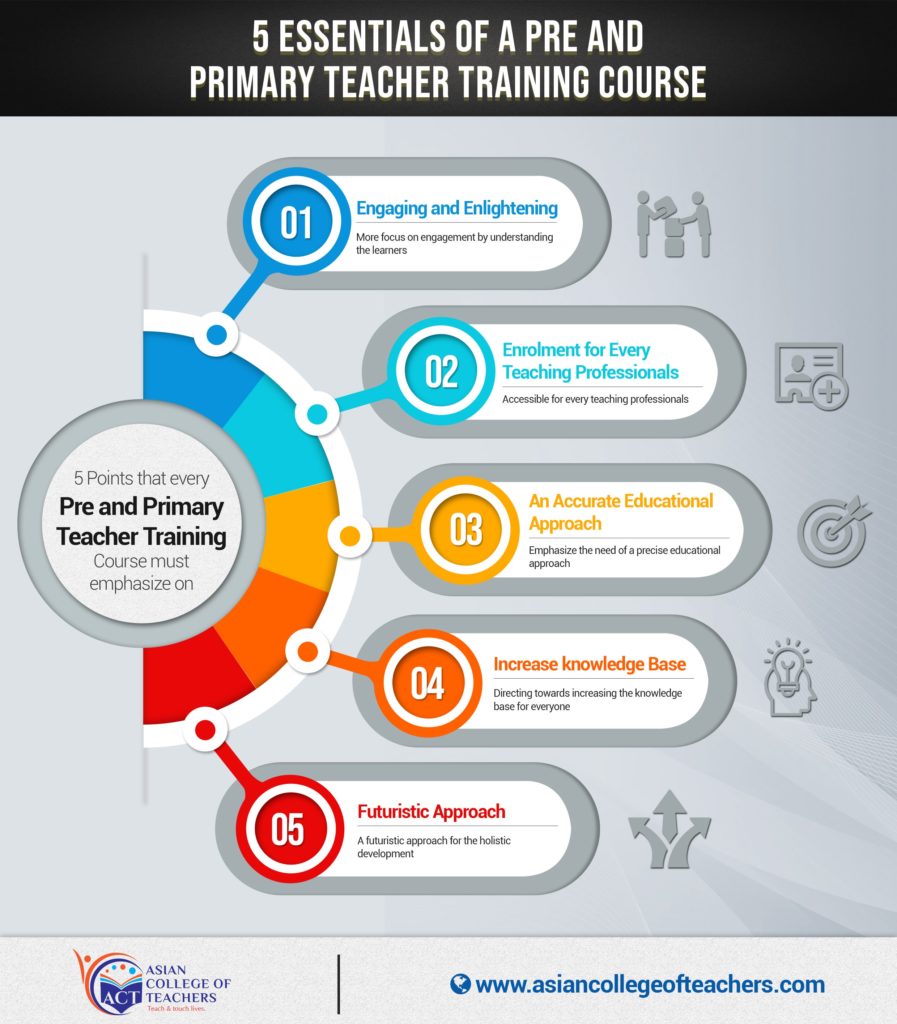Navigating the World of Online Teaching for Pre-Primary Classes: A Comprehensive Guide
Related Articles: Navigating the World of Online Teaching for Pre-Primary Classes: A Comprehensive Guide
Introduction
With great pleasure, we will explore the intriguing topic related to Navigating the World of Online Teaching for Pre-Primary Classes: A Comprehensive Guide. Let’s weave interesting information and offer fresh perspectives to the readers.
Table of Content
Navigating the World of Online Teaching for Pre-Primary Classes: A Comprehensive Guide

The realm of education is undergoing a significant transformation, with online learning platforms becoming increasingly prevalent. This shift is particularly evident in the pre-primary sector, where online teaching jobs are burgeoning, offering educators a unique opportunity to engage young learners in a dynamic and interactive environment. This article delves into the nuances of this burgeoning field, providing a comprehensive overview of online teaching for pre-primary classes, encompassing its benefits, challenges, and essential tips for success.
The Rise of Online Pre-Primary Education:
The adoption of online learning for young children is driven by several factors. Parents seek flexible and accessible learning options, while educators embrace the potential of technology to enhance engagement and personalize learning experiences. Online platforms offer a multitude of advantages for pre-primary education, including:
- Flexibility and Accessibility: Online teaching allows for greater flexibility in scheduling and location, catering to the diverse needs of both educators and families. This accessibility removes geographical barriers, enabling children from remote areas to access quality education.
- Interactive Learning Environments: Online platforms offer a wealth of interactive tools and resources, such as digital games, simulations, and virtual field trips, captivating young learners and fostering a love for learning.
- Personalized Learning Experiences: Online teaching facilitates individualized learning pathways, allowing educators to tailor lessons to each child’s unique learning style and pace.
- Enhanced Communication and Collaboration: Online platforms provide avenues for real-time communication between educators, parents, and children, fostering a sense of community and collaboration.
- Cost-Effectiveness: Online teaching can be more cost-effective compared to traditional classroom settings, as it eliminates the need for physical infrastructure and resources.
Types of Online Teaching Jobs for Pre-Primary Classes:
The landscape of online teaching for pre-primary classes is diverse, offering various roles and platforms. Here are some prominent examples:
- Live Online Classes: These involve real-time interactions with students via video conferencing platforms. Educators conduct interactive lessons, answer questions, and provide personalized feedback.
- Pre-Recorded Lesson Content: Educators create pre-recorded videos or digital materials covering specific curriculum topics. These can be accessed by students at their own pace and time.
- Online Tutoring: This focuses on providing individual support and guidance to students, addressing specific learning needs and gaps.
- Curriculum Development: Educators contribute to the creation of online learning materials, designing engaging and age-appropriate content for pre-primary learners.
Essential Skills and Qualifications for Online Pre-Primary Teachers:
To excel in online teaching for pre-primary classes, educators need a unique blend of skills and qualifications:
- Early Childhood Education Background: A strong foundation in early childhood development principles and practices is paramount.
- Technology Proficiency: Familiarity with online learning platforms, video conferencing tools, and educational software is essential.
- Interactive Teaching Techniques: The ability to engage young learners remotely through interactive activities, games, and storytelling is crucial.
- Communication and Collaboration Skills: Effective communication with students, parents, and fellow educators is vital for building a positive and supportive learning environment.
- Patience and Enthusiasm: Working with young children online requires immense patience, creativity, and a genuine passion for teaching.
Challenges and Considerations:
While online teaching offers numerous benefits, educators should be aware of potential challenges:
- Maintaining Student Engagement: Keeping young learners engaged in a virtual environment requires creative strategies and a high level of interactivity.
- Technical Difficulties: Issues with internet connectivity, software glitches, or hardware malfunctions can disrupt the learning process.
- Parental Involvement: Effective online teaching necessitates active parental participation and support in creating a conducive learning environment at home.
- Assessment and Feedback: Assessing student progress and providing constructive feedback in an online setting requires innovative approaches.
FAQs on Online Teaching for Pre-Primary Classes:
Q: What are the essential tools and resources needed for online teaching for pre-primary classes?
A: Essential tools include a reliable computer or laptop, a high-quality webcam and microphone, reliable internet connectivity, and access to online learning platforms and educational software.
Q: How can I ensure the safety and well-being of my students during online teaching?
A: Prioritize child safety by establishing clear online etiquette guidelines, using age-appropriate content, monitoring online interactions, and maintaining open communication with parents.
Q: What are some effective strategies for engaging young learners in online learning?
A: Employ interactive activities, games, storytelling, and visual aids to captivate their attention and foster active participation.
Q: How can I manage parental expectations and involvement in online teaching?
A: Maintain clear communication channels, provide regular updates on student progress, and encourage parental involvement in supporting their child’s learning.
Q: What are some tips for creating effective online learning materials for pre-primary classes?
A: Use bright colors, engaging visuals, and age-appropriate language. Incorporate interactive elements, such as games, quizzes, and animations.
Tips for Success in Online Teaching for Pre-Primary Classes:
- Create a Dedicated Learning Space: Establish a designated area at home that is free from distractions, providing a conducive learning environment for young learners.
- Use a Variety of Interactive Tools: Explore online platforms and educational software that offer a range of interactive activities, games, and simulations.
- Incorporate Storytelling and Role-Playing: Engage students through captivating stories, role-playing scenarios, and interactive games that promote language development and imagination.
- Foster a Positive and Supportive Learning Environment: Create a welcoming and inclusive online space where students feel comfortable asking questions, sharing their ideas, and participating actively.
- Seek Professional Development Opportunities: Continuously enhance your skills and knowledge by attending webinars, workshops, and online courses focusing on online teaching for early childhood education.
Conclusion:
Online teaching for pre-primary classes presents a unique and rewarding opportunity for educators to engage young learners in a dynamic and interactive learning environment. By embracing the benefits of technology while addressing potential challenges, educators can create engaging and enriching online experiences that foster a love for learning in young children. As the landscape of education continues to evolve, online teaching for pre-primary classes is poised to play an increasingly vital role in shaping the future of early childhood education.








Closure
Thus, we hope this article has provided valuable insights into Navigating the World of Online Teaching for Pre-Primary Classes: A Comprehensive Guide. We thank you for taking the time to read this article. See you in our next article!